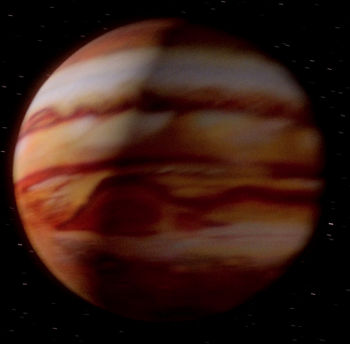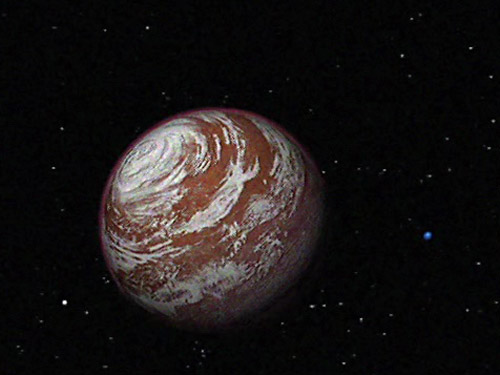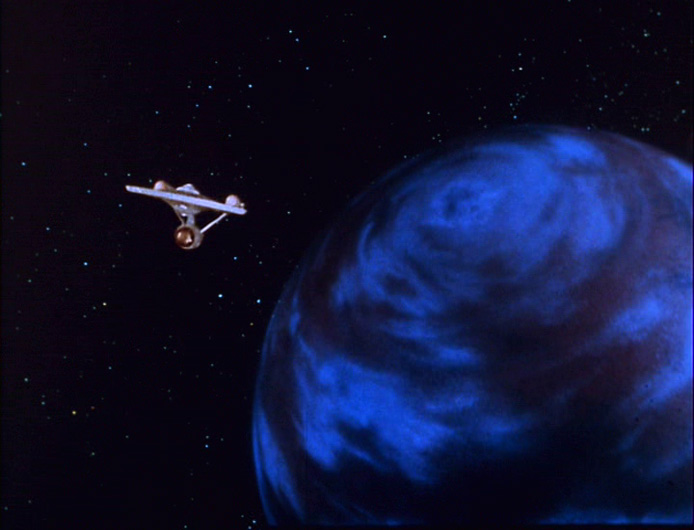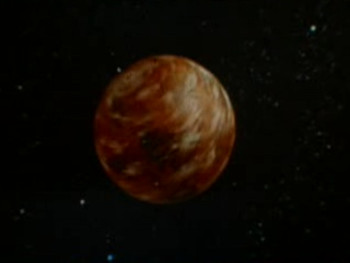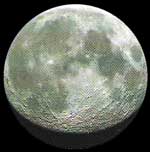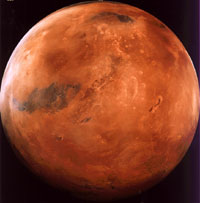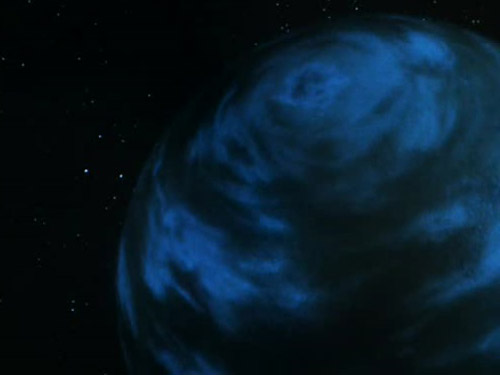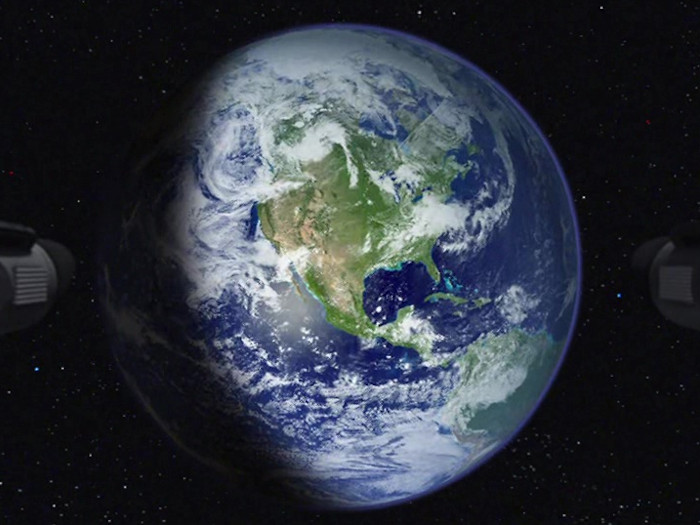Planetary Classes (FASA)
Class A
Class A planets were gas giants with a tenuous surface, which may not have been present at all. The atmosphere was reducing, and composed of elements such as methane. Class A planets radiated their own heat, and could also be considered "failed" stars. An example of a Class A planet is Jupiter.[1]
Class B
Class B planets were gas giants with a tenuous surface, which may not have been present at all. The atmosphere was reducing. Class B planets did not radiate their own heat. An example of a Class B planet is Neptune.[1]
Class C
Class C planets had an iron/silicate surface. The atmosphere was reducing and dense. Class C planets also had high surface temperatures. An example of a Class C planet is Venus.[1]
Class D
Class D planets had a nickel-iron/silicate surface. The atmosphere was tenuous, if one existed at all. Class D planets were typically moons or large meteroids.[2] An example of a Class D planet is Ceres.[1]
Class E
Class E planets had a silicate surface with some metals. The atmosphere was reducing or oxidizing. Class E planets had large, molten cores. An example of a Class E planet is Janus VI.[1]
Class F
Delta Vega, a Class F world (TOS 01)
Class F planets had a silicate surface with some metals. The atmosphere was oxidizing. Class F planets were very young, typically less than 109 years. An example of a Class F planet is Delta Vega.[1]
Class G
Class G planets had a silicate surface. The atmosphere was thin and oxidizing. Class G planets were desert worlds. An example of a Class G planet is Rigel XII.[1]
Class H
Class H planets had a silicate surface. The atmosphere was variable. Class H planets were geologically active. An example of a Class H planet is Gothos.[1]
Class I
Class I planets had a metallic/silicate surface. The atmosphere was fluid and very dense. Class I planets were small and young. An example of a Class I planet is Excalbia.[1]
Class J
Class J planets had a silicate surface. The atmosphere was very tenuous, with noble gases. Class J planets were often moons. An example of a Class J planet is Luna.[1]
Class K
Class K planets had a silicate surface. The atmosphere was tenuous, with some water. Class K planets were adaptable with the use of pressure domes. An example of a Class K planet is Mars.[1]
Class L
Class L planets had a silicate/water surface. The atmosphere was oxidizing. Class L planets were geologically inactive. An example of a Class L planet is Psi 2000.[1]
Class M
Class M planets had a silicate/water surface. The atmosphere was oxidizing,[1] and consisted largely of nitrogen and oxygen.[3] Class M planets were geologically active. An example of a Class M planet is Earth.[1]
Class N
Class N planets had a surface covered entirely in water. The atmosphere was oxidizing. Class N planets were pelagic planets. An example of a Class N planet is Argo.[1]
Notes and References
- ↑ Jump up to: 1.00 1.01 1.02 1.03 1.04 1.05 1.06 1.07 1.08 1.09 1.10 1.11 1.12 1.13 1.14 Johnson, Shane. Star Trek: The Worlds of the Federation. Pocket Books, 1989.
- ↑ Salin, Robert (Producer). Star Trek II: The Wrath of Khan. Directed by Nicholas Meyer. Story by Harve Bennett and Jack B. Sowards. Screenplay by Nicholas Meyer (Uncredited). Paramount Pictures. 4 June 1982.
- ↑ Roddenberry, Gene (Executive Producer). "The Cage". Star Trek, season 0, episode 0 (Production number 01). Directed by Robert Butler. Written by Gene Roddenberry. Released 1986. Desilu Productions. 1965.


